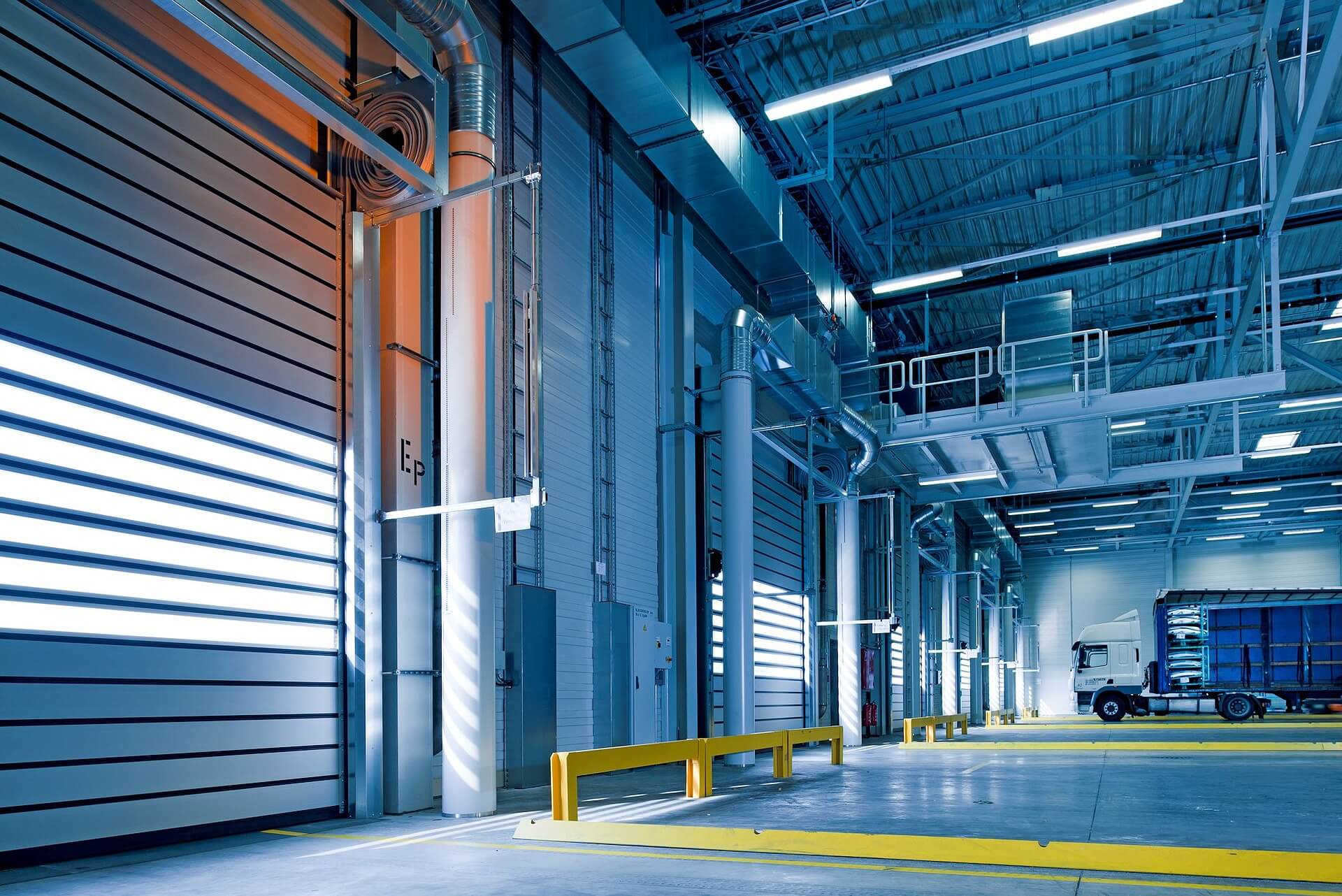Warehouse Management System (WMS) Solutions
Optimize Your Warehouse with Smart, Scalable WMS Implementation
A Warehouse Management System (WMS) is the backbone of an efficient supply chain. It gives you control of inventory, streamlines operations, and provides real-time visibility across logistics. But the real question is—are you getting the most out of your WMS?
At Keel, we specialize in WMS consulting, implementation, and optimization within leading ERP platforms such as SAP and IFS. We ensure your warehouse runs efficiently, scales with your business, and aligns with your strategic goals.
Common Warehouse Challenges We Solve
Even with a WMS in place, many organizations still face issues such as:
- Slow and error-prone goods receiving
- Inefficient warehouse space utilization
- Lack of shelf-life tracking and control
- Outdated or inconsistent inventory data
- Limited visibility into outbound shipments
Without the right setup and strategy, a WMS can end up as an underused tool instead of a performance driver.
What a Modern WMS Can Do for You
A fully integrated and properly configured WMS can transform your warehouse into a high-performing, data-driven environment. Key capabilities include:
- Inbound logistics: Automate receiving, put-away, and location management
- Order fulfillment: Smart picking, packing, and shipping workflows
- Document automation: Instantly generate bills of lading, packing slips, and invoices
- Traceability & compliance: Track materials and components from warehouse to customer
- Analytics & reporting: Use data for forecasting, cycle counting, and performance optimization
Your WMS becomes the central platform that connects people, processes, and systems across the supply chain.
ERP-Integrated WMS Solutions
Modern ERP systems—including SAP ECC/S4HANA and IFS Cloud—offer powerful WMS modules that integrate seamlessly with other business tools. These can be extended with technologies such as:
- Barcode scanning and RFID tagging
- Mobile WMS apps for real-time updates
- Robotics and warehouse automation systems
We help you choose and integrate the right technology stack based on your warehouse size, order volume, and industry requirements.
Why Choose Keel as Your WMS Partner?
With over 15 years of experience in ERP and WMS, Keel is your trusted advisor in warehouse digitalization. We provide:
- Custom WMS configuration aligned with your business processes
- Seamless ERP integration (SAP, IFS, and more)
- User training and adoption strategies for warehouse staff
- Ongoing support and continuous optimization
Our philosophy is simple: the system should work for you, not the other way around. With the right approach, your WMS becomes a driver of cost savings, service improvements, and competitive advantage.
Key Business Benefits
- Improved operational efficiency – streamline and automate your processes, and reduce picking and shipping errors
- Warehouse space utilization – analyse your storage space and warehouse flow
- Real-time inventory transparency (or visibility?) – integrate with barcoding, RFID tagging, sensors, or other location tracking methods
- Data-driven decisions and analytics: Utilize your WMS’s many core metrics and performance analytics for accurate demand forecasting, inventory levels, etc.
- Automation – leverage new technologies to simplify your processes further and reduce workload, e.g., use of apps or analytics-driven movements
KEEL Expertise
At Keel, we offer a wide range of services ranging from consulting you on the most optimal warehouse strategy, analysis and configuration, and development of supporting applications.

ERP & WMS Services
- WMS setup tailored to your warehouse strategy
- Configuration of automated workflows and processes
- Implementation of barcoding and real-time tracking
- Development of integrated ERP applications (SAP, IFS)
- Data benchmarking and analytics

Engineering & Consultancy
- Warehouse strategy development, including automation concepts
- Design of optimal layouts and storage structures
- Inventory requirement analysis and stock level planning
- Master data management (classification, categories, types)
- Storage recommendations for sensitive or regulated items
- Preservation and maintenance guidance for stored assets
- Policy and procedure development for consistent operations

Additional Services
- Physical inventory counts
- Master data collection, cleansing, and validation
- Inventory clean-up and equipment condition assessment
- Material classification, including GTIN and HS code assignment
Ready to Improve Warehouse Efficiency?
Take your warehouse to the next level with a future-ready WMS. Whether you are implementing a new system or optimizing an existing one, Keel’s WMS consultants are here to help.
Contact us today to schedule a consultation.
Read more on our product sheet:
We are ready to help!
Request consultation, ask a question or share your feedback. Just get in touch!





